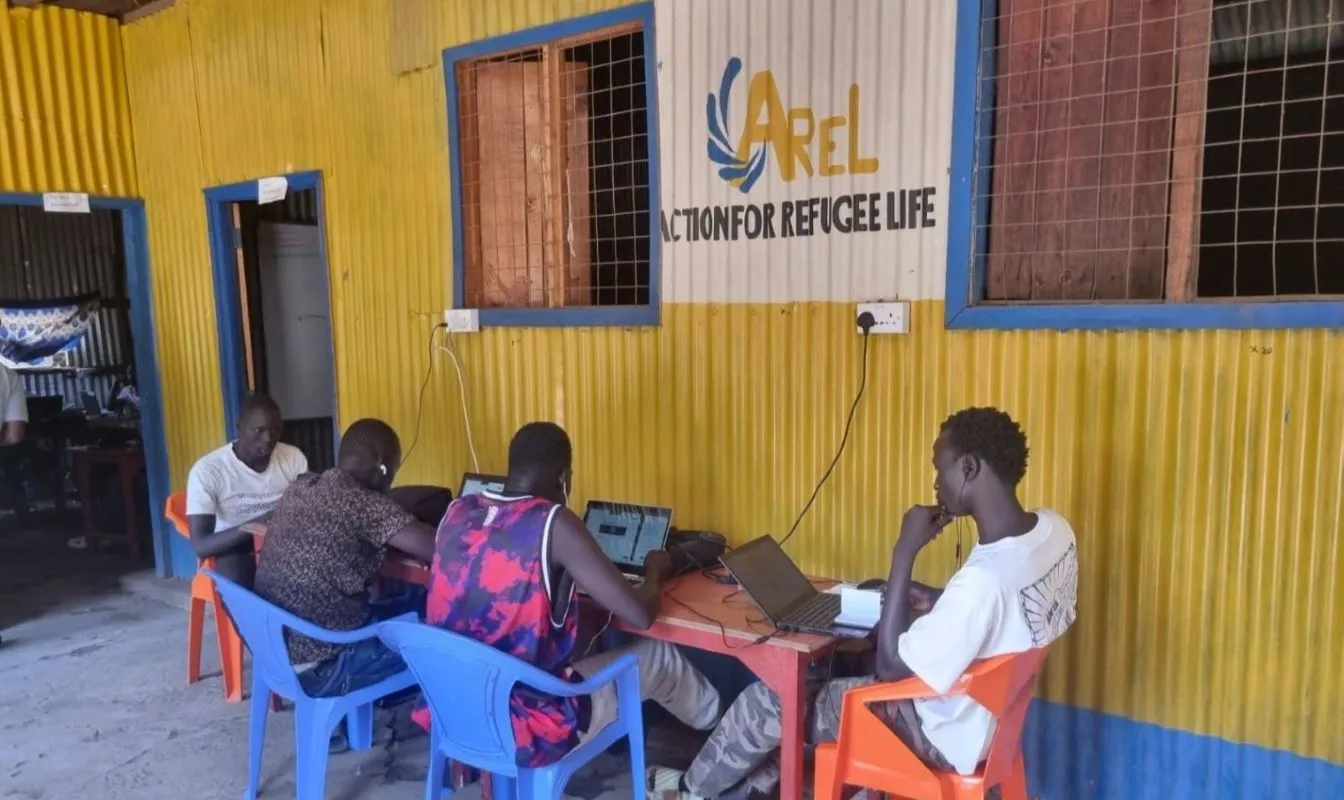Kaizen is an approach to managing organizations that originated in Japan and which aims to improve productivity and quality. This column reports the findings of research on the diffusion of Kaizen around the world, and what they reveal about the conditions under which productivity can be increased through better management practices and a strengthening of ‘managerial capital’. Not surprisingly, the results suggest that context and intervention specificities – such as industrial policy context, social structure, and the quality of training – matter for the adoption, implementation, and effectiveness of new management methods.
The lack of managerial capital in developing countries is now recognized to be a considerable impediment to productivity growth and economic transformation. Indeed, World Management Survey (WMS) analysis indicates that there is a widening dispersion of productivity levels between firms in the developing world, the left tail of the distribution being thicker in these countries than in developed ones.
WMS evidence shows a positive correlation between firm management and productivity, and documents this heterogeneity among firms across countries, across sectors, and over time. The results emphasize the role played by the ownership structure of companies, and the degrees of product market competition and labor regulation in the economic environments in which they evolve.
Despite a growing body of research, the conditions for strengthening managerial capital in the private or public sector in developing countries is not well understood. An upcoming book edited by Akio Hosono, John Page, and Go Shimada for the Global Development Network (GDN) and the Japanese International Cooperation Agency (JICA) Research Institute examines the effectiveness of Kaizen – a Japanese management approach aiming at improving productivity and quality – in such contexts.
Kaizen has been disseminated and implemented in a wide array of countries by the JICA Research Institute: from South East Asia, to Central and South America, including Africa and the Africa Kaizen Initiative supported by NEPAD (the New Partnership for Africa’s Development) and JICA. In conducting their study, GDN and the JICA Research Institute, under the leadership of the three editors, partnered with researchers from Brazil, Ghana, the Philippines, Vietnam, and Kaizen practitioners from JICA.
Beyond the difficulty with defining what implementing a polymorph management practice like Kaizen means, the research identifies a number of questions that may require further investigation whether on Kaizen or any other management practices.
The first one, echoing WMS conclusions, is the heterogeneity of capacities to learn and implement Kaizen, which is obviously linked with the incentives for a specific firm to change its work organization. Companies that are trying to become well integrated into global value chains (GVCs), because of competition and requirements coming from their clients positioned higher in the GVC, have a clear interest in implementing such methods.
The benefits for micro and small enterprises are less clear and seem to be linked to the availability of other mechanisms, such as subsidies, or ownership structures that can influence the adoption and implementation of new management practices. The success of such initiatives is hence interdependent with the industrial policy scheme that aims to raise firm capabilities in which they are embedded.
Beyond the policy context, efforts to transfer a work system from one place to another are made more difficult by the differences in managerial and organizational concepts, as well as the methods that are embedded in current social structures. This means that the diffusion of work systems from one context to another is not independent of the broader social and economic backdrop.
This is particularly clear for Kaizen, which was developed in Japan after the Second World War to fulfill two objectives: raising productivity and maintaining a high level of employment in a context of social discontent.
Some intervention-specific issues also underpin the success or failure of the implementation of new management practices. It may be the case that who does the training matters: the quality of training delivered by extension workers that go into firms plays a critical role in transferring such knowledge.
In addition, it is important to know how training is structured, how long it will last, whether the trainers know the context of the firm, and whether the firm managers trust the extension workers (for example, because they have a good reputation, or because the training is delivered by an organization that has some influence in the country).
Evaluating the effectiveness of new management methods and practices is tricky: first, because it can be costly – hiring a consulting firm to train people is expensive; and second, because finding the counterfactual is not easy. But evaluations provide an interface that can underpin fruitful discussions on the conditions necessary to increase productivity through the strengthening of managerial capital. They contribute to what can be seen as a constructive dialogue between research and practice.






